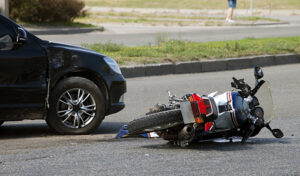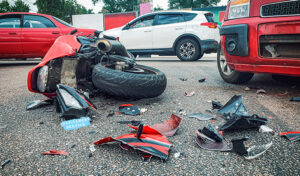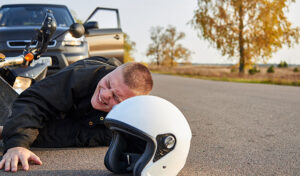
I Had a Bike Accident: What Do I Do?
If you have ever witnessed or been involved in a bike accident, you understand that it can be stressful and traumatic for everyone involved. Even in the best-case scenarios where

If you have ever witnessed or been involved in a bike accident, you understand that it can be stressful and traumatic for everyone involved. Even in the best-case scenarios where

Here are seven steps to take after you’ve been in a bike accident. Taking these steps will help bring about the best-case scenario for collecting damages from the accident.

Riding a motorcycle is fun and exhilarating, but motorcycle accidents are inherently more dangerous than car accidents for drivers and occupants. According to the National Highway Traffic Safety Administration (NHTSA),
UTAH INJURY LAWYERS
Flickinger • Boulton
• Robson • Weeks
PROVO OFFICE
3000 N University Ave
Suite 300
Provo, UT 84604
SOUTH JORDAN OFFICE
10393 S. Temple Dr.
Suite 103
South Jordan, Utah 84095
OFFICE HOURS
Monday- Friday: 8AM-5PM
Saturday-Sunday: Closed
*Disclaimer: the information provided by this website is for informational purposes only and should not be considered legal advice or a substitute for competent legal counsel.
**SMS consent and contact phone numbers will not be shared or sold to third parties or their affiliates for any purpose.
© 2025 All Rights Reserved.